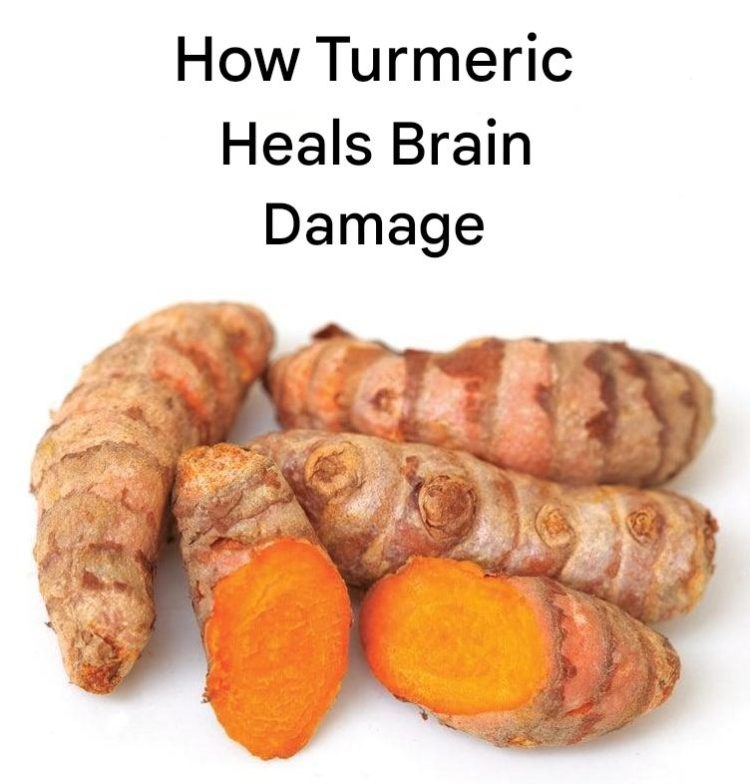As you may already know, our database is the world’s largest accessible database of medical data on over 1,800 different natural substances, with over 1,600 abstracts of studies on the healing properties of turmeric indexed so far: check out the turmeric research page here to see! If you take a look at the list of over 600 diseases that this spice (or its components, e.g., curcumin) can treat, the volume of literature is simply mind-boggling. What’s extraordinary is that we’ve identified over 180 physiological pathways, based on their classical pharmacological characterization—e.g., COX-2 inhibitor, interleukin-6 regulator—by which turmeric or its components heal the human body. In addition, you’ll find over 100 articles on neuroprotective properties on this page: Turmeric as a Neuroprotective Agent.
Research clearly indicates that turmeric is an amazing herb for the brain. Those interested in more accessible research should read the following articles:
- How Turmeric Can Save the Aging Brain from Dementia
- Turmeric leads to remarkable recovery in Alzheimer’s patients
- The Spice That Stops Fluoride From Destroying Your Brain
How to Make Your Turmeric Most Effective
One of the most common questions we face is “what is the best type of turmeric or curcumin to use?” The research mentioned above shows that the whole plant offers a wider range of therapeutic compounds than curcumin alone. And yet, most turmeric has been bred with the sole objective of focusing entirely on the “how much” question, choosing to identify the molecular weight (how many milligrams per serving) of a particular component as more important than qualitative characteristics (e.g., is it organic? Is it available in its natural context as food or a whole plant?), which reflects the kind of nutrigenomic information the substance contains and therefore the intelligence it exhibits. To learn more about the intelligence of food, watch my e-course “The Wisdom of Food.”
And really, there is no general answer to a generic question about the best way to take turmeric/curcumin. The question always comes from an individual with a particular need, and therefore recommendations must be individualized and tailored.
For example, if you have colon inflammation or polyps and are trying to use turmeric to reduce inflammation or shrink precancerous tumors, then using the whole plant is more appropriate compared to a highly bioabsorptive form of curcumin in capsules (e.g. Meriva), which will likely be absorbed by the small intestine and almost entirely pass through the liver, never providing adequate amounts to the large intestine. So, in this person’s case, taking a teaspoon of relatively hard-to-absorb turmeric may result in coating the diseased surfaces of this person’s intestinal or colonic passage with exactly the form needed to reverse the disease.
But what if you have someone who wants to have a systemic effect, say, for arthritis or brain cancer? In these specific cases, the ideal may be to get turmeric compounds such as curcumin into the liver through the “glucuronidation” barrier (1) in combination with a phospholipid or black pepper (piperine). There is certainly a use for the “nutraceutical” (single isolate) model if applied correctly, particularly if it has a role as an adjunct to the pharmaceutical model as part of an integrative medical protocol.
